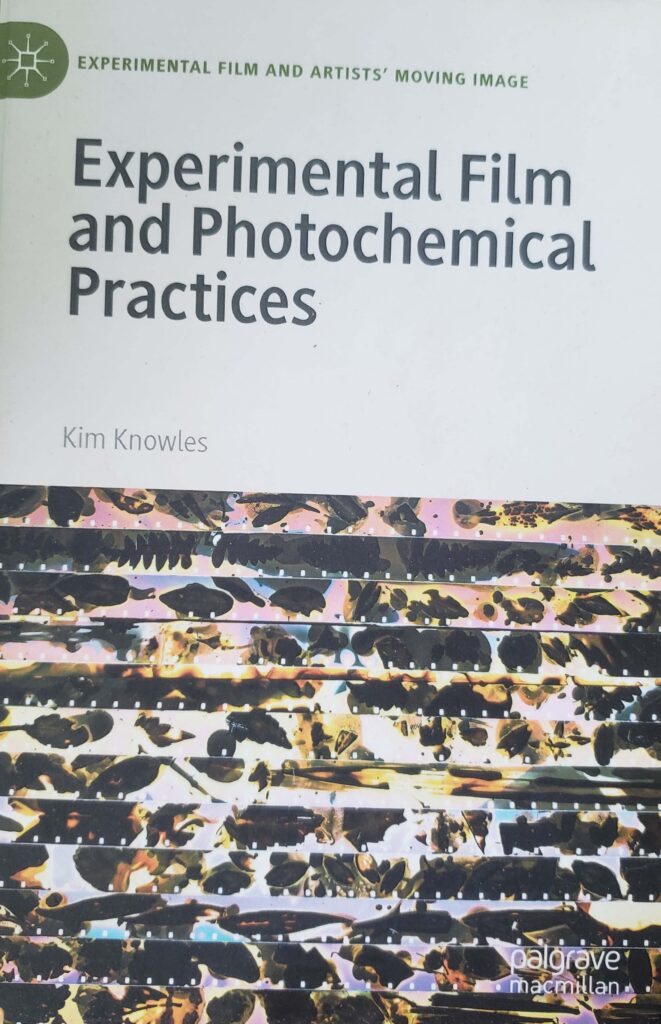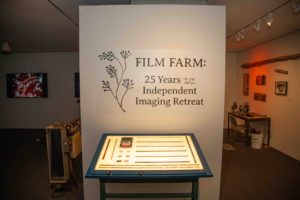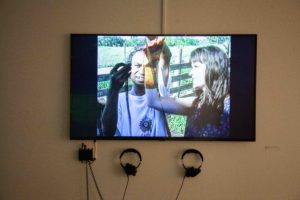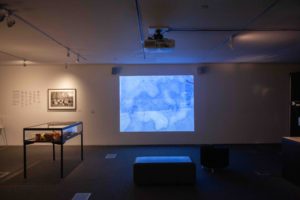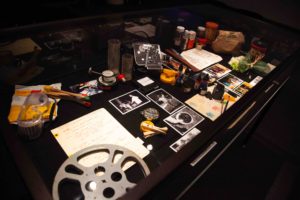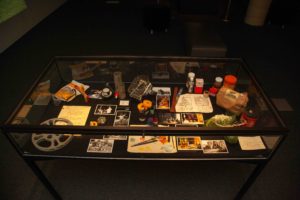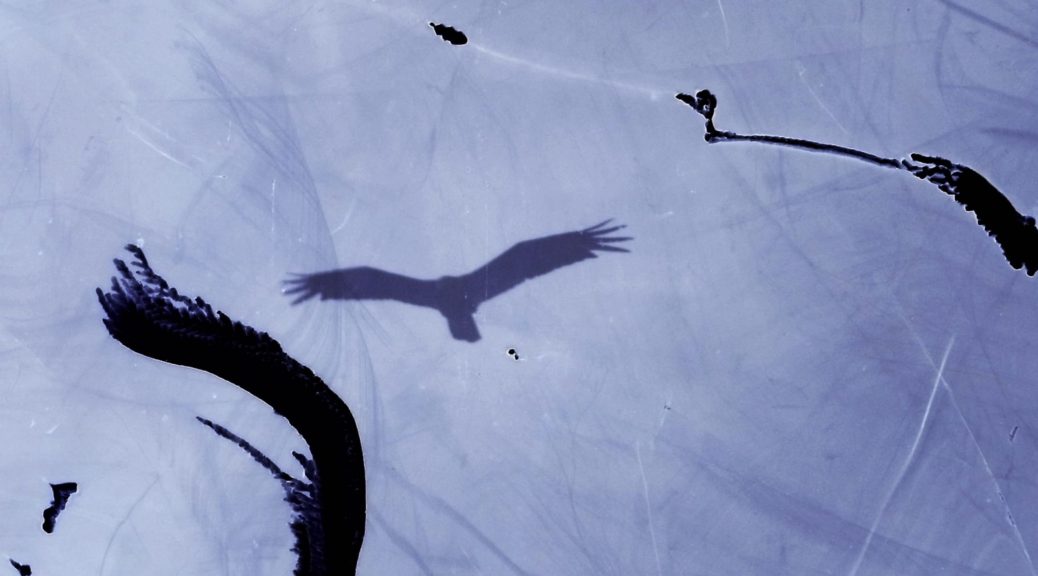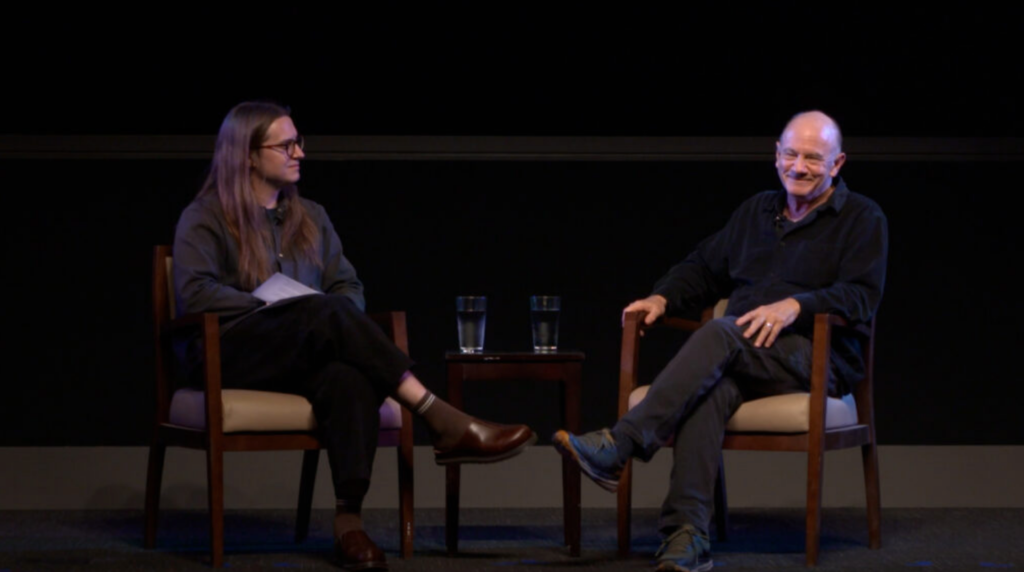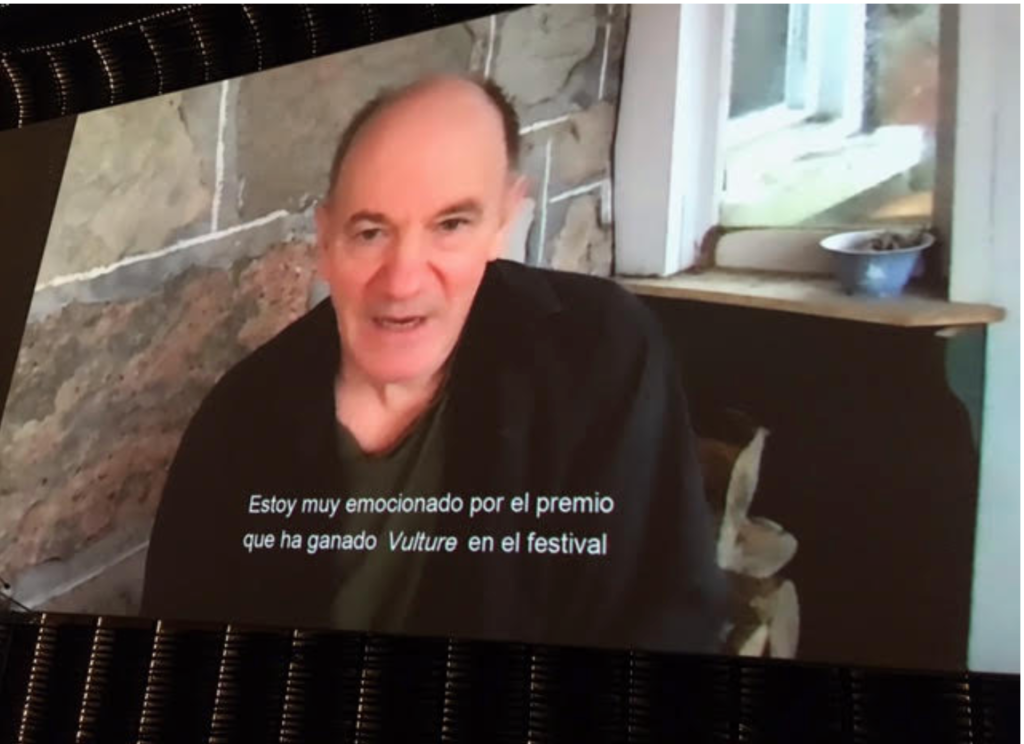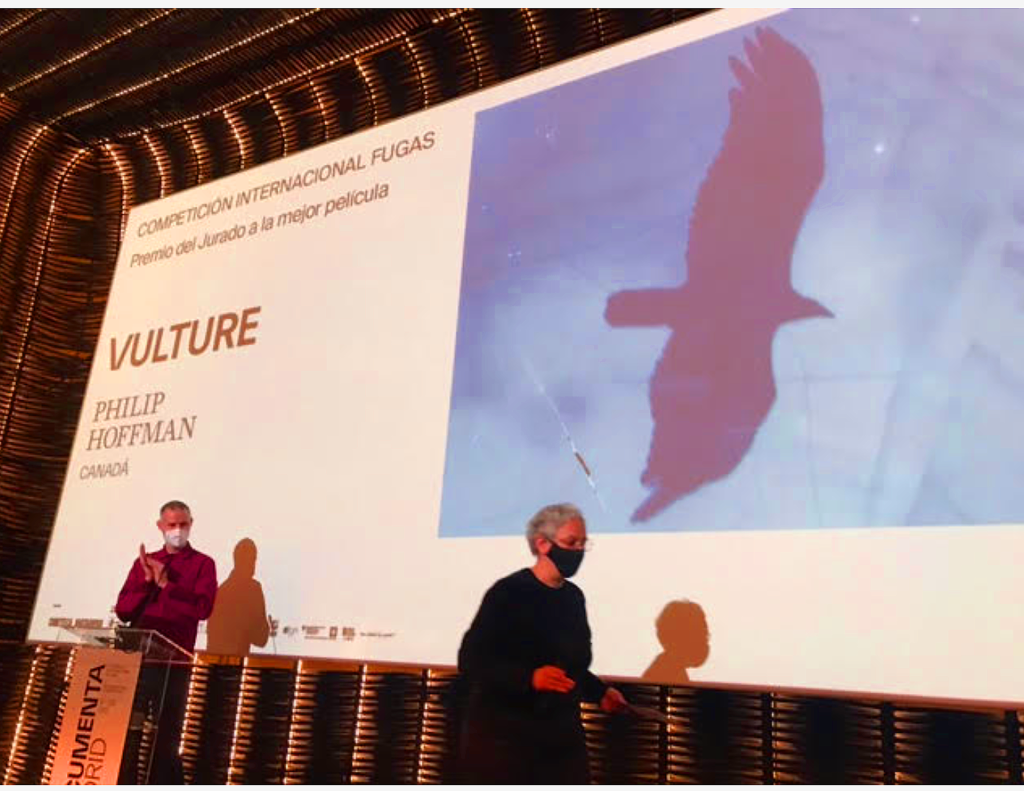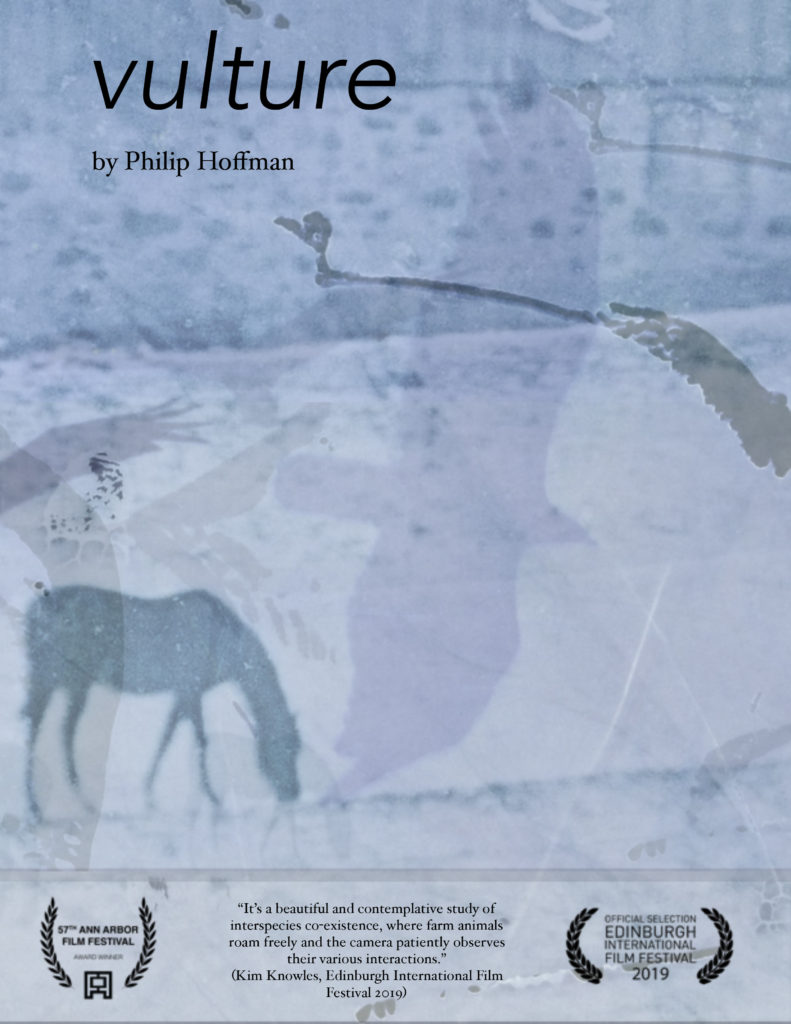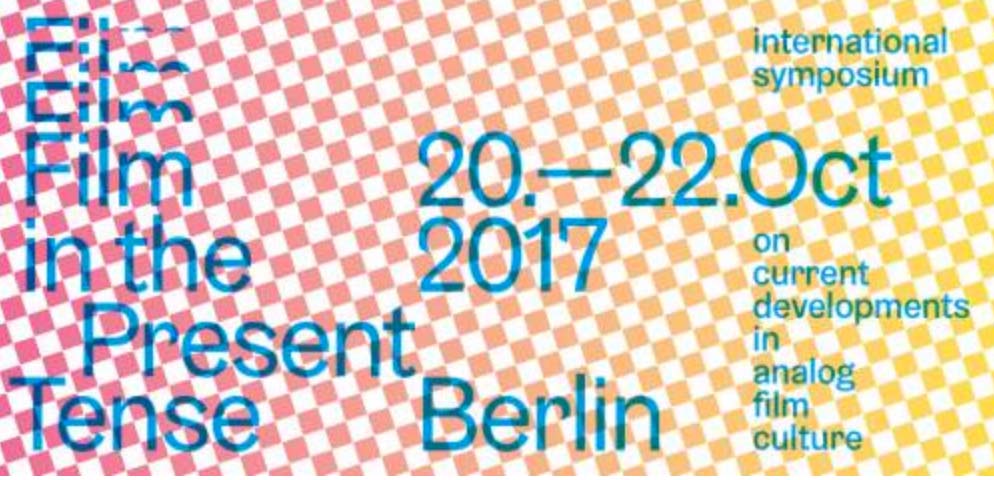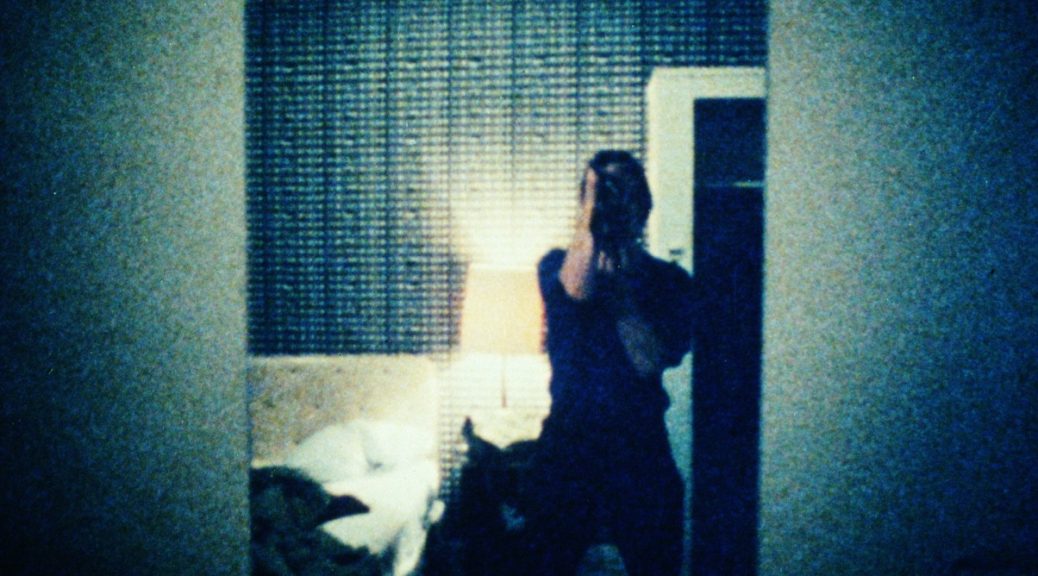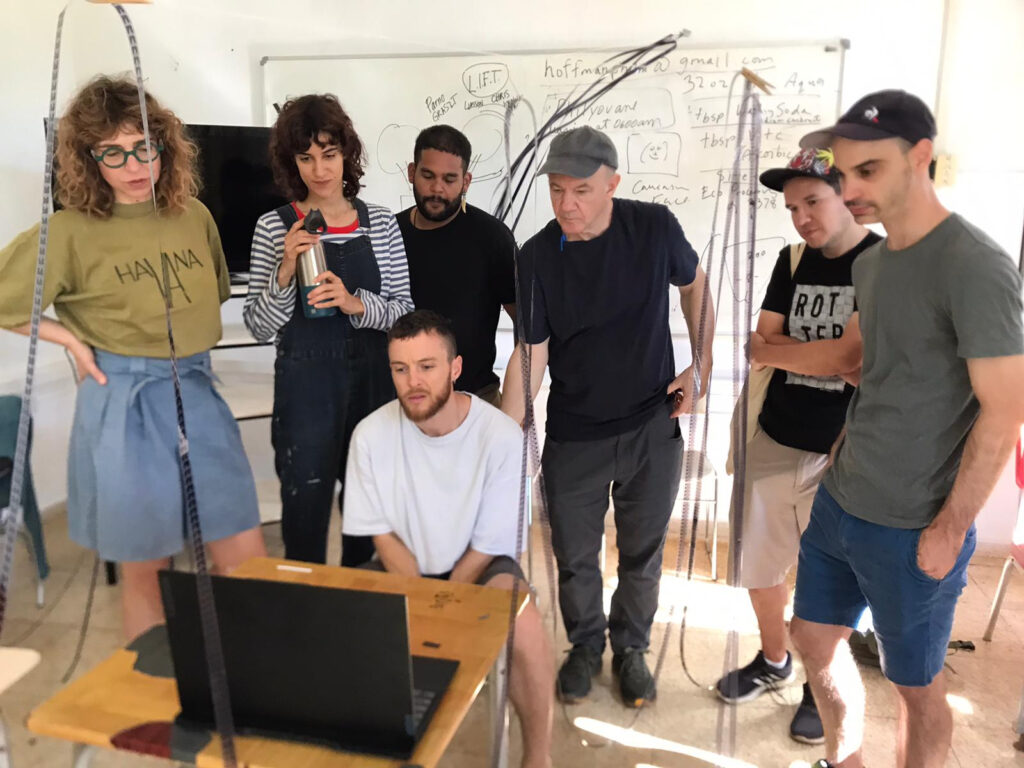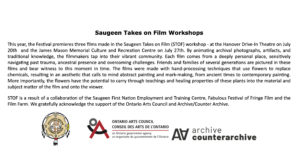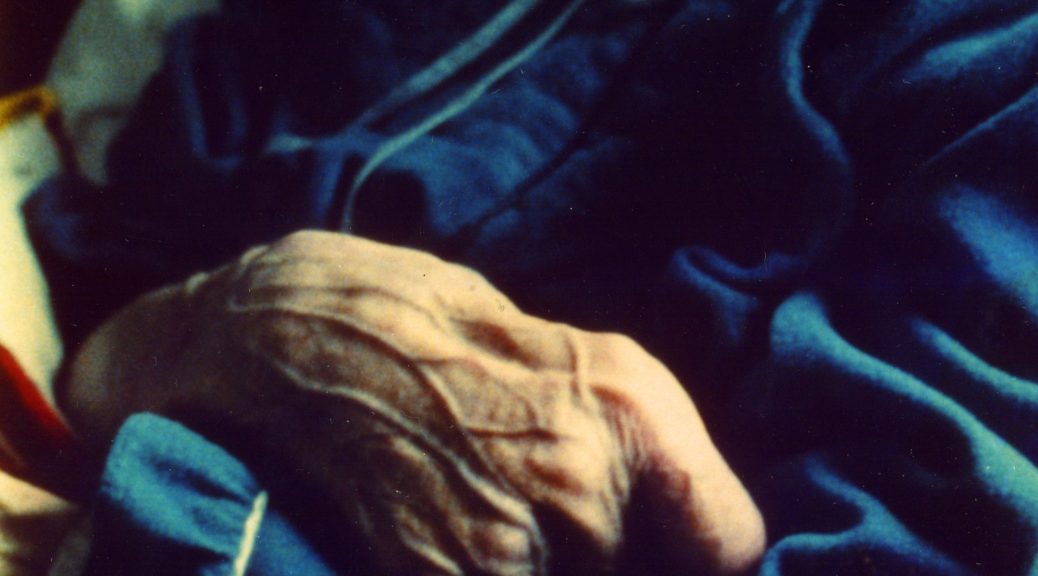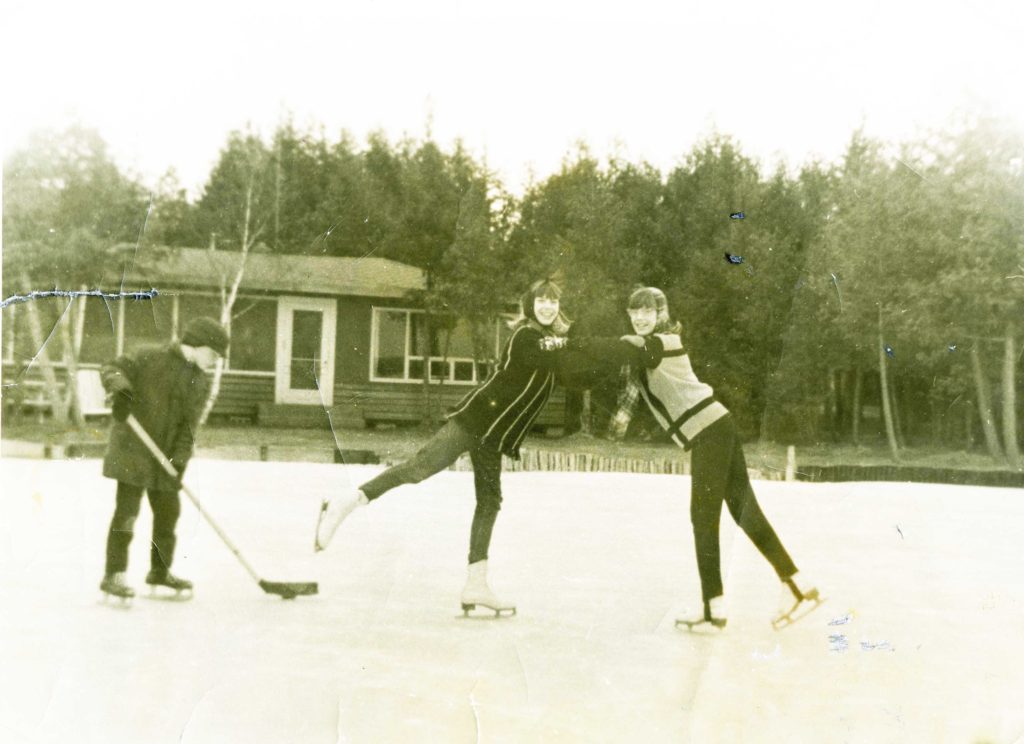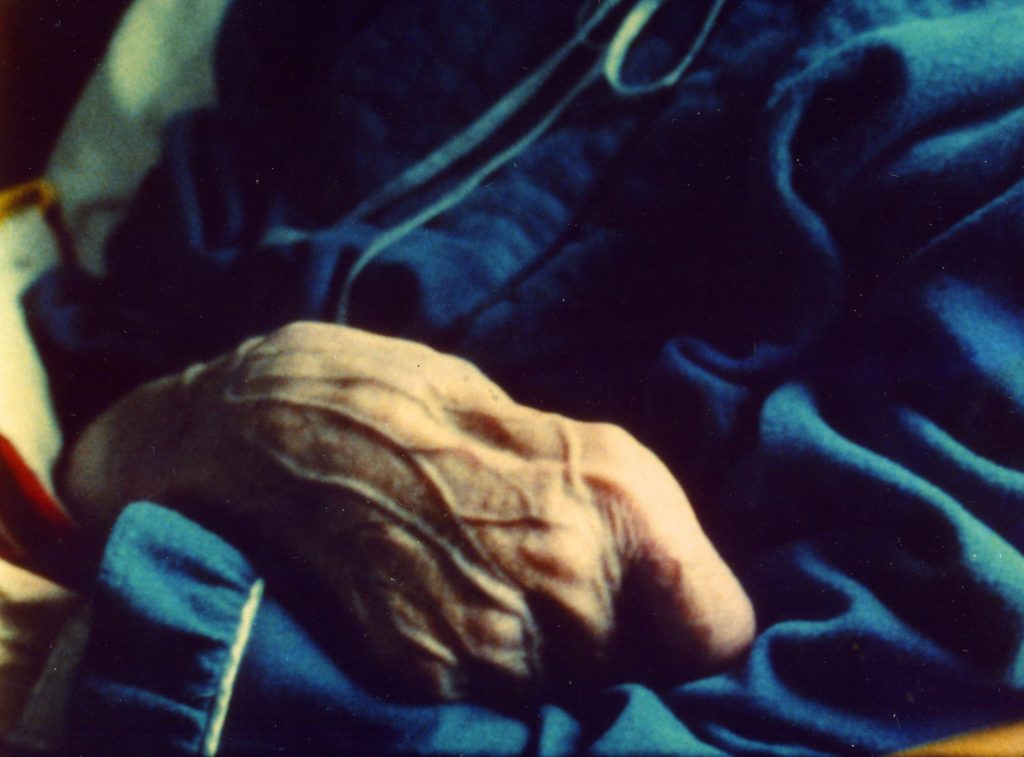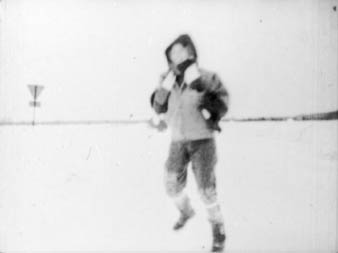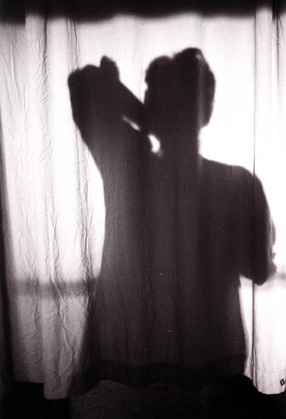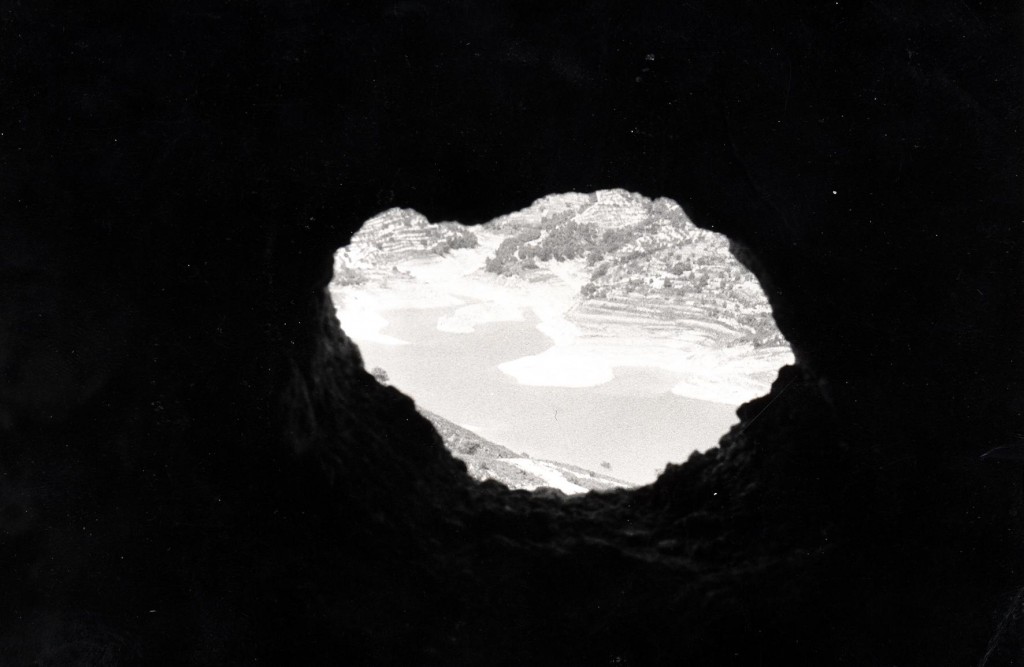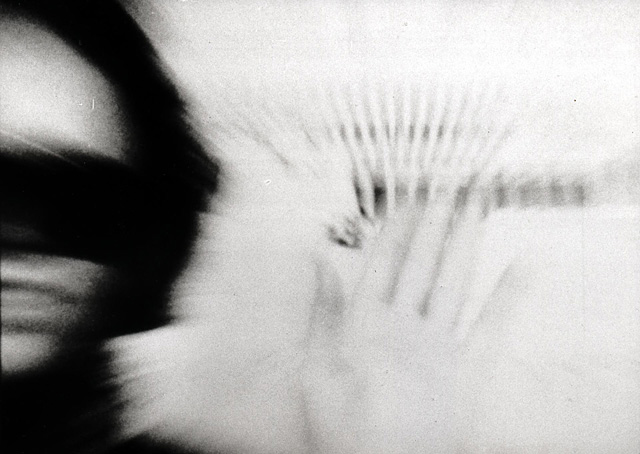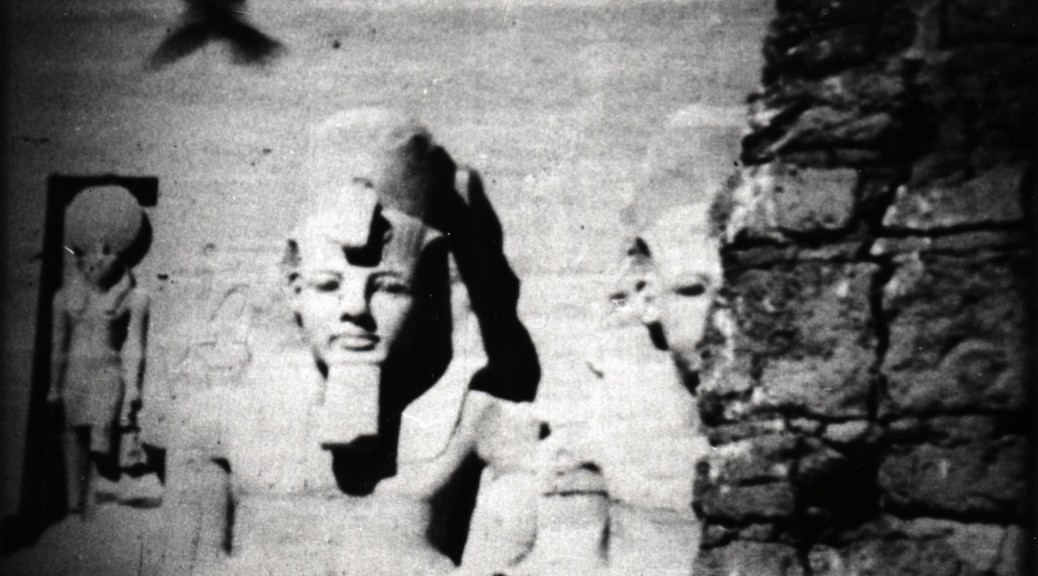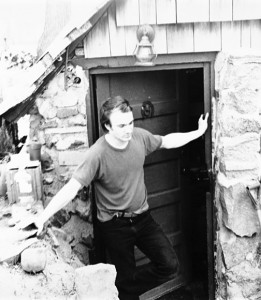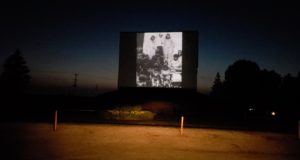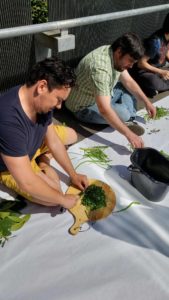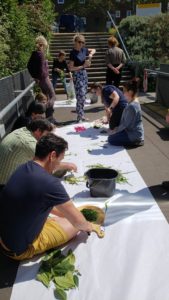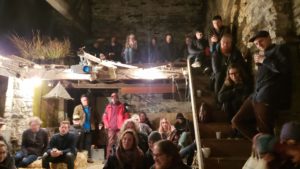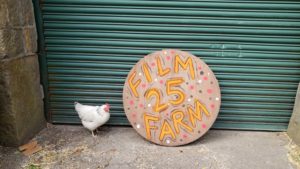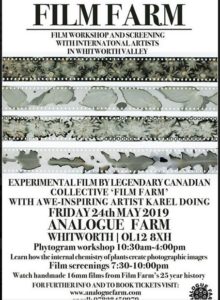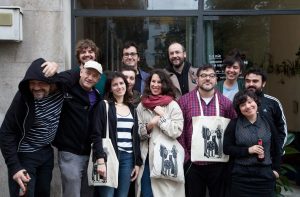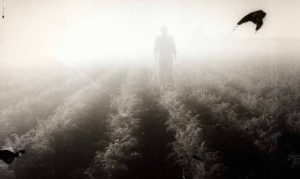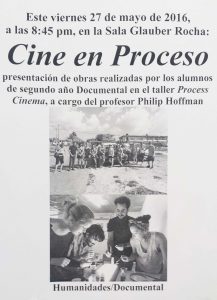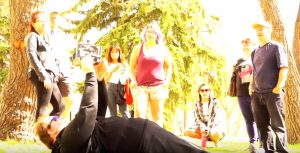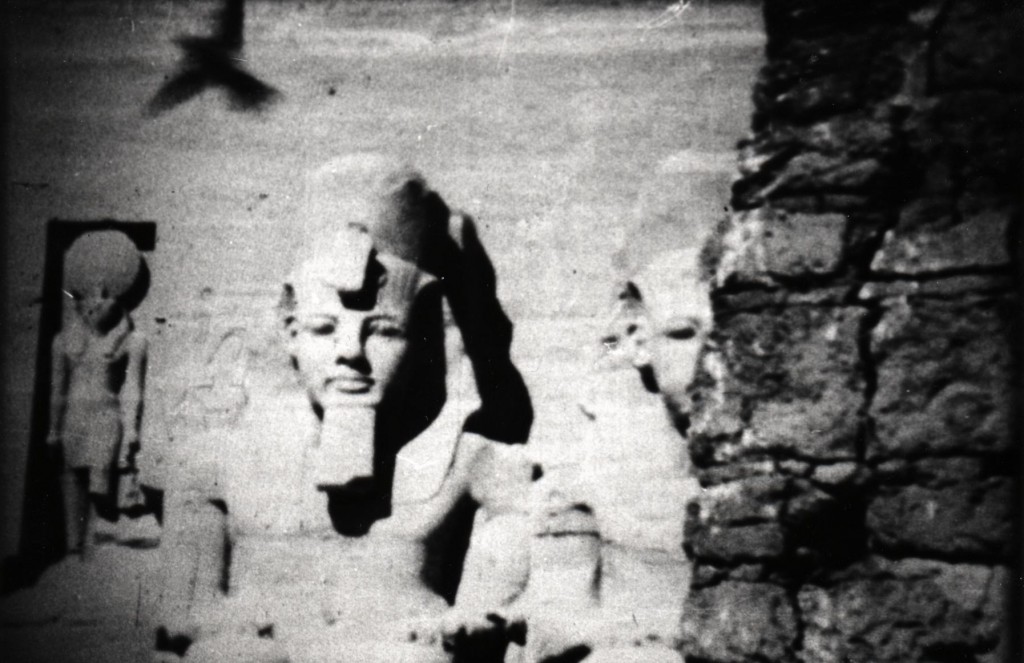
by Mike Cartmell
It means “let it stand.”
Without explanation, for now. Instead, let me oblige you to indulge in the fantasy of a moment of inscription: imagine Phil Hoffman darkly embunkered in his digital basement, bringing to fruition several years’ hard work on his cinematic response to Marian’s death, a task whose already formidable cargo is further laden by an apprehensive public, friends and colleagues (and critics?) poised in anticipation, festival spotlight in the offing, book in preparation; and there is a deadline! And now consider that upstairs the bright world teems — new loves, new job, new life abundant, loud, alive, living on, waiting for Phil to join in, to live there too.
Under these conditions, how is the work of mourning even possible? How possible is the making of the work mourning demands? How could one manage the intimacy required, or the courage, or the vulnerability, or the generosity? How could one avoid distraction, and I mean “being torn limb from limb.” How could one endure the thought of all the scrutiny about to ensue? To say that the task would be daunting is hardly adequate. It would have to be unbearable.
Fortunately, we’re only fantasizing.
Merely daunting is the present task (an altogether different sort of fantasy): what sort of address is possible toward a work so personal, so charged with grief, so apparently non-political as Hoffman’s What these ashes wanted, and how can it meet the demands of its venue, a magazine about cinema but also about action, whose name inscribes a certain militancy, a politics? How can one avoid the temptation to offer a respectful bromide, especially given the tragic loss out of which the film is built. Is it possible to wish to celebrate this filmmaker, his films, this film, and yet meet the work critically, engage it politically? I don’t know the answer to any of these questions.
The last time I wrote about Phil’s work, I employed the device of having an imaginary conversation take place as a sort of preface to the piece.[1] I think I was trying to be entertaining. In it, I used an expression that has wide currency among (mainly white) people in the deep south, where I was living at the time. It’s an instance of what my friend Neil Schmitz would call “confederate discourse.” I wrote: “I might could have a twin brother.” Not surprisingly, a copy editor figured that I’d neglected to delete either the might or the could, and so deleted one of them for me. When I got the edited copy, I wrote “Stet” in the margin, and appended an explanation of the usage.
So when the book came out, and the deletion remained unstetted (yup, that’s a word), I was hotter, as the Mobile gumbo-queens might say, than a black roux on a high flame. Editors were decried, publishers slandered. In retrospect, one sees how these things can happen, that nobody’s to blame. Pressure of deadline. Mere oversight. Might could happen this time, too. But I hope not.
I like this phrase, this “might could,” because it seems to combine (or let’s say “confederate”) notions of capability, possibility and intention, while subsuming them under the sign of doubt. It’s not reducible merely to the sum of its parts; instead its meaning is disturbed by something which strictly is not part of it. It offers something while taking it back; it withholds while revealing. The statement “I might could help you clean up that kitchen” means, or could mean, something like “I’m quite willing and would like to help you clean up that kitchen, but only if you agree to it, I don’t want to insist, not that you’d really need help anyway.” There’s a sense in which it’s a more sociable, even more ethical idiom. At the same time, an advantage of “might could” lies in its ability to veil just about any assertion with a moderate ambiguity, and to leave the speaker at a certain remove from whatever he asserts, from any proposition about whose status he may not be entirely secure; not quite taking him off the hook, but leaving him a bit of squirming room, so that he may get off it eventually should he squirm to sufficient effect. Given that, consider what these statements might convey (or dissemble): I might could like to try that gumbo; I might could make a film about losing a loved one; I might could never forget you; I might could love you always.
You might could get it by now.
So to come, at last, back to the raft: despite my inability to answer the questions I posed above, I propose to carry on, insufficiently, with my merely daunting task to address, in this place, on this occasion, Hoffman’s What these ashes wanted, but to do so under the rubric (if there can be such a thing) of the “might could.”
To do so, and then to let it stand.
Here’s one way of putting it: when a loved one dies, a hole opens up in the Real. A flood of images rushes in, as if to fill the gap. Mourning would work (might could work?) to marshal those images, to subject them, with no guarantee of success, to some form of symbolic constraint in a process not necessarily terminable since that gap, that hole, will have a persistence. In any case, we have a difficult, uncomfortable, unstable articulation of psychic registers: Imaginary, Symbolic and Real. The subject is in disarray, adrift, at risk even. Disastered, he no longer knows where to look to find the star that ought to guide him; no longer can he rely on familiar locators to let him know who it is that he takes himself to be. Is it any wonder that Freud described the process of mourning, with its dramatic intensity and hallucinatory hypercathexes, as resembling psychosis?
In her commentary on an earlier version of the film, Brenda Longfellow makes an astute point concerning the issue of the other’s inscription in cinema.[2] Speaking of the sequence of Phil and Marian in the car as Marian makes her visiting nurse rounds, Longfellow writes:
…she confronts Phil (hiding behind his heavy 3/4-inch camera in the back seat), accusing him of not understanding how difficult it is to be filmed and how much the camera mediates and makes strange their relation. It is an important moment precisely because it honours the otherness of the other….[I]t anchors Marian in her lifeworld not simply as an image, idol or memory, but as a sensate and intentional subject in her own right, and one, furthermore, who explicitly defies the naturalness of a camera recording her image.[3]
There is another aspect to this sequence, however. Marian’s complaint quite forcefully registers a valorization of the psychological (her feelings of unease regarding her place in front of the camera) over the physical (Phil’s struggle with the heavy camera), a notion that she seems to regard as transparently the case, but whose validity hardly goes without saying; certainly it could be subject to dispute (to say the least, given the brute sovereignty of the physical in the region of illness leading to death). In addition, her protestations are a little excessive (“Oh Philip, you’re nuts! You really are nuts! Sometimes I think you’re so insensitive, really!”); once he explains, she becomes rather condescending, speaking to Phil as if he’s a bit of a nob (“Well, that’s a little different, you know. Do you understand the difference?”). Now it’s true that all of this is carried on with good humor, and I’m not about to embark onto the terrain of how couples work out their private modes of communication. My point is that here and occasionally elsewhere, the film accords Marian some over-exposure, allows her to be presented in what may be other than the best light. Besides the idealization and aggrandizement of the lost other that might be expected, this film permits a certain aggressivity or even hostility to be advanced in her direction. That this may be so need not be seen as a weakness; it may be a sign of inconsistency or contradiction on the part of the maker (though I might could rather not speculate as to the specific operations of his psyche), but that would be something worth registering since it’s something to which we are all likely to be subject. And that we are permitted to recognize Marian as some kind of imperfect creature, whether as a result of the irruption of someone’s aggressivity or no, is part of the film’s value; it provides a bit of purchase from which to resist (and to recognize the need to resist) the tendency to mythologize the lost loved one, to obliterate her faults, to reduce her in elevating her to the level of the ideal.
A black dog at loose ends, standing on a sidewalk; a kid on a front stoop conducting an imaginary orchestra (or is he a filmmaker quelling an applauding crowd at some festival awards ceremony?) This might could be what mourning is.
Though I met her the same day Phil did, I never had any extensive first hand experience of Marian as an intellectual, writer or artist. But I do remember an afternoon a year or two after they got together. Phil was out somewhere, and Marian and I talked for a few hours. I was going through some kind of a bad patch, as they say. She was generous and encouraging. I think it was the last time I spoke with her for more than a minute or two. I left that kitchen feeling quite uplifted, a feeling which lasted for some time afterwards.
What these ashes wanted, I felt sure,
was not containment but participation.
Not an enclosure of memory,
but the world.
The key phrase in the film’s epigraph (something which Marian had extracted from the work of American poet Mark Doty) is the “I felt sure.” Participation and the world rather than containment or enclosure (or incorporation) is not the other’s desire, but arises within the bereaved. It is the mourner who does not wish to be enclosed (trapped, embunkered) within or by his memory of the lost loved one; the “I felt sure” operates to project these wishes onto the departed, concealing, in what would appear to be a gesture of generosity or sacrifice, a flight from or defense against the affect, anxiety, which threatens him on account of what may not be loss, but rather, excessive proximity. Photography, and thus cinema, always functions in the mode of bereavement (recall Benjamin, Bazin, Barthes, et al.); making a film such as this one, making it public, is a way of securing this projection, a way of keeping this (projected) pact with the other, and at the same time an effort at underwriting one’s own defense. Thus Benjamin’s beloved Kafka: “We photograph things in order to drive them out of our minds.”[4]
This kind of “I felt sure” (under the sign of which the film proceeds) precisely bears the sense of the “might could.”
In the sequence featuring a photograph from Guadalest, Spain, whose “dark surround” may house Marian’s “after image,” the on-screen text continues:
if I could brighten up this part of the picture
I might illuminate
the condition of her death
the mystery of her life
and the reason why
at the instant of her passage
I felt peace with her leaving
a feeling I no longer hold
Here it is in precisely the place of no information (the blank, silver-free part of the negative that allows all light to pass, thus giving black on the print) that the other, and the answer to her enigma, is sought. It is as if the subject knows without knowing that there is a constitutive failure inherent in his project, that it must fail in order to in any sense succeed: that is, to relinquish, to recuperate, to remain, to remember. And that photography (or cinematography) has a necessary relation to that necessary failure. In the mode of bereavement. I felt sure.
Her snow dance, the second version, black and white, high-contrast. The scratches, dirt and hair, visible splices, the slow bleachout as she skips away. This might could be what mourning is.
In the section called “Four Shadows,” an apostrophe to Marian (but which also, by its second person address, implicates, ensnares, the viewer), Hoffman replays a series of chance encounters with death experienced “not long before you died.” Crucial here is the figure of Hatshepsut, the female pharaoh, whose presence in the film implicitly but nevertheless forcefully identifies her with Marian. Because she was a woman, and to prevent her from living on in eternity, Hatshepsut’s name had been written out of Egyptian history, her image defiled, her body robbed from its tomb. And yet her story and her name have been recovered, her image reclaimed; now there’s a website promoting a biopic called “The Daughter of Ra”; the other day, Phil told me he’d heard that archeologists think they may have found her mummy at a recent dig. Hatshepsut oscillates, then, between presence and absence; her cartouche is both erased and legible; her crypt is empty and it isn’t. A strong, active woman (socially, intellectually, artistically), Marian had a pharaohic bearing; we might could say that in the film (the figure of) Marian is borne in the same oscillation as her ancient avatar, but with a twist. Neither presence nor absence, but some remnant, a something-other-than, is encrypted here; or better, resides here cryptically: that is, available, should we be up to it, for decipherment.
Two kids discussing an infestation of ladybugs, and the different varieties among the swarm. One relates an accidental squishing, to general amusement. This might could be what mourning is.
Your death is only available to me as your absence or as my loss. You are gone, outside me, and are now nothing since I am consigned to memory, to mourning, to interiorization. But this death that I cannot know, your death (or my own?), makes my limit apparent in my obligation to mourn, to remember, and thus to harbor within me something that exceeds me, is other than me, and is outside me: a remnant of your intractable absent otherness. In me without me, your trace. Without which no “in me” at all, no within to me. Your absence, irrevocable, carves me out, hollows me, leaves me with your trace, which is other than you. Else but that other, I relinquish. What remains, non-totalizable, non-composable, is fragment, scrap, ort, morsel. Them I savor, mourning.
Hoffman’s practice is to work with leftovers, scraps, and the mode of his work is fragmentary. His approach is from the margins, and features the marginal: this grandmother; that body on a Mexican road; this twin and his brother; this one, this very one I loved, lost. It can be excruciating at times. There are even occasional bits that stick in the craw, refuse to be processed (for me, this time: Hasselhoff.) But in general, what it preserves, harbors, secretes, what opens in it, what swoons and ranges and percolates and dodges in this broad corpus is surprising, rich and deep. The work exceeds itself, is more than what it’s made from, and becomes itself its own trace, its own remnant. Available for decipherment. At a theatre (not terribly) near you.
More Egyptology: during the filming at Hatshepsut’s mortuary temple, the zoom barrel on Hoffman’s lens jams, we are told, and later the camera stops working altogether. What gorgonizing Medusa’s gaze has come within its field of view? It is not absence that makes the dead so disturbing to encounter (Hoffman’s claim that each of his encounters made death “less strange” doesn’t seem to me altogether plausible given the details); it’s that the dead are somehow all too present, even too enjoying, we might say. Instead of lack, we come into contact with a lack of lack, a non-positive over-abundance exceeding our capacity to grasp it, and it provokes a petrifying anxiety. I might could make a film about a lost loved one, but to do so means that the apparatus itself will stiffen and break, that what I wish to record will utterly resist presentation; and it turns out that I can (and perhaps should) only avert my gaze, and in so doing merely mark the (lacerating) place/trace of what was to have been my subject.
The brilliant poetic reduction of the young Polish cousin in passing through/torn formations (“Where I was born, you filmed”) re/deformed here (chiasmatically; under erasure perhaps) as “You filmed, whereon my trace was born(e).” This might could be what mourning is.
One of a number of beautiful, singular and compelling images in the film: sunlit Marian walking behind a line of columns at a temple of Horus, image replaced by shadow, not-presence and not-absence, and trace. A haunting. Mike Hoolboom’s voice on the answering machine, delivering another potshard, a find from his dig:
In a later century, someone dropped and broke the cup, but it was too precious simply to throw away. It was repaired, not with glue, but with a seam of gold solder; and I think our poems are often like that gold solder, repairing the break in what can never be restored, perfectly. The gold repair adds a kind of beauty to the cup, making visible part of its history.
It’s a comforting story, but there’s another version: you might could never gather up all the pieces; one or two wind up down the cold air return or the sinkdrain, never to re-emerge. Some bits are so tiny you can’t see to pick them up; eventually they’re carried away by swarms of ladybugs. The molten gold solder drips on your hand, searing into your flesh, working its way through your system till it’s lodged in your hot heart. The cup is repaired with Scotch tape and rubber bands, and you put it at the back of a shelf. Every time you happen to see it you’re stiffened with an anxious rigor, and look away. This, too, is part of history. Is it visible?
Now think of Auden’s meditation on Breughel’s Icarus in “Musée des Beaux Arts” (with the son of Daedelus a figure both of the lost loved one and the artist who tempts the limits of the possible, flying too close to the sun):
…how everything turns away
Quite leisurely from the disaster; the plowman may
Have heard the splash, the forsaken cry,
But for him it was not an important failure; the sun shone
As it had to on the white legs disappearing into the green
Water; and the expensive delicate ship that must have seen
Something amazing, a boy falling out of the sky,
Had somewhere to get to and sailed calmly on.
New loves upstairs, loud alive in the brightteeming day. This might could be what mourning is.
Perhaps in What these ashes wanted we have seen (at least the remnant of) something amazing. We might could sail on. And in the wake of the final frame, one word:
Stet.
It means “let it stand.”
References
[1] Mike Cartmell, “Landscape With Shipwreck” in Landscape With Shipwreck: First Person Cinema and the Films of Philip Hoffman, ed. K. Sandlos and M. Hoolboom. Toronto: Insomniac Press, 2001, pp. 222-244.[2] Brenda Longfellow, “Philip Hoffman’s Camera Lucida” in Landscape With Shipwreck, pp. 201-210.
[3] Ibid., p. 207.
[4] In Gustav Janouch, Gespräche mit Kafka. Frankfurt am Main: S. Fischer Verlag, 1968, p. 54.
Originally published in Cineaction, 2002

